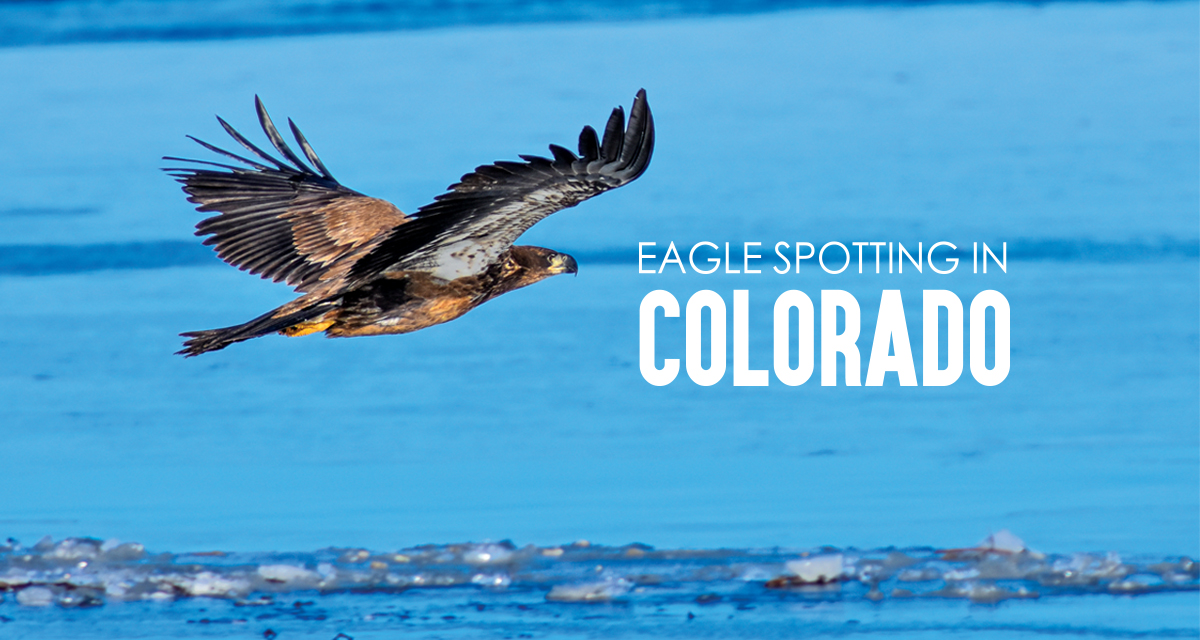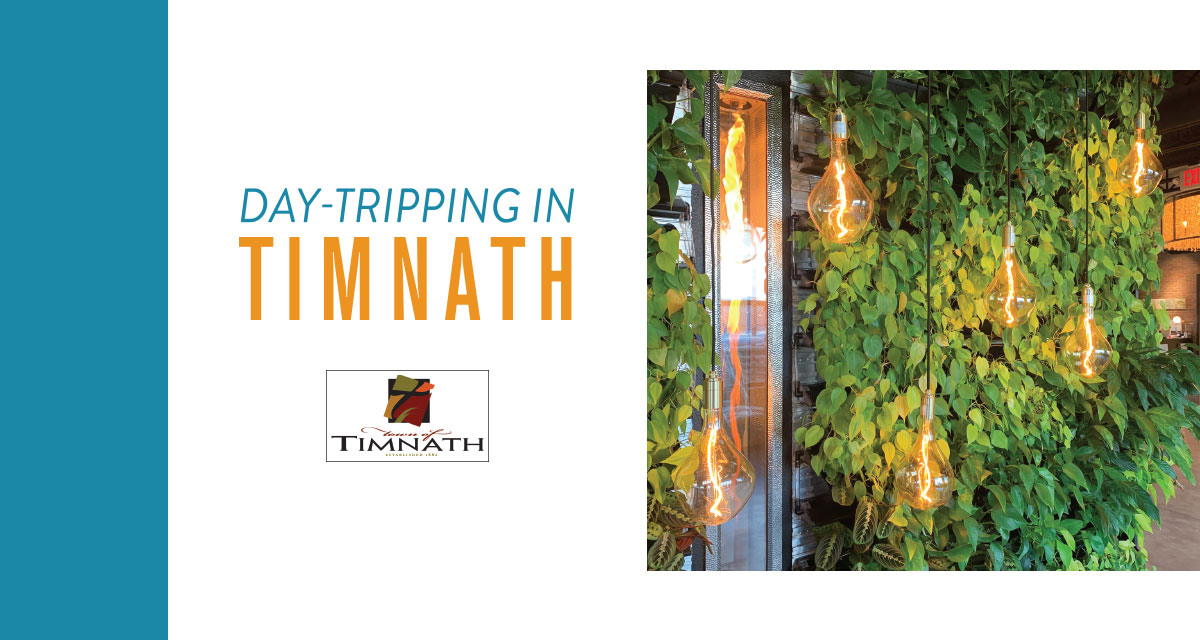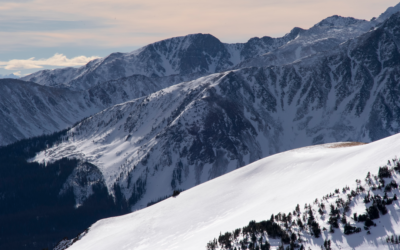Photos by @Tom Kajiwara 2020
Fifty, or even 40 years ago, you’d have more of a chance of seeing a bald eagle on a cheap sweatshirt at a gas station than in the wild in Colorado.
At the end of the 1970s, coming off the DDT insecticide crisis that nearly made our nation’s symbol extinct, there were three known breeding pairs in the whole state, says Reese Yale Conrey, an avian researcher for Colorado Parks and Wildlife (CPW) who works out of Fort Collins. Now we have 236 active nests, and half of those are along the Front Range.
Those nesting numbers are a good way to show just how big a comeback bald eagles have made, thanks to the protections of the Endangered Species Act. In fact, the eagle was delisted in 2007, an act that seemed implausible back when Ronald Reagan was president. And that means you have a much better chance of seeing one in real life, if you’d like, than one on a coffee mug that says “‘Murica.”
Right now is, in fact, the best chance to see them, usually until the last week of February, because huge numbers of eagles ock to Colorado to “winter” in a warmer climate (if you can believe it). The milder winter we’re experiencing (at least at press time) may also help the eagles nd food.
“Most of our water is open instead of iced over,” Conrey said in early January. “They’ve been seen eating waterfowl as well as sh. They’re de nitely taking advantage of what’s out there.”
There are some places that offer such easy access to viewing bald eagles that they might as well be amusement parks. Barr Lake State Park near Brighton is one such haven. They offer a ride called the Eagle Express, a tram that takes you around to see them. COVID-19 ruined that this year because it ruined everything, but the tram will be back in 2022.
“They get a ton of eagles over the winter,” says Jason Clay, spokesman for CPW in the northeast region. “Last winter more than 100 were reported there at one time.”
You may not see that many this winter, given that the water levels are lower than usual, says Michelle Schubert, Barr Lake’s park manager. However, more than 40 eagles were spotted on Nov. 30.
“We still have lots of eagles,” she says. “Not as many as last year, but it’s still a great place to come see them.”
The other best place to view bald eagles is Fossil Creek Natural Area, run by the City of Fort Collins but right on the border of Windsor (it’s on the northwest side off the Colo. 392 exit). The area offers about as close to a guarantee to seeing bald eagles as you can get, with free chances to use scopes and volunteers to help you spot them, during the city’s popular Eagle Watch program. During this year’s rst session, on Jan. 2, the group spotted 28 eagles.
The program’s made concessions for COVID-19 this year, so sessions are offered only on Saturday afternoons (eagles tend to gather in their roosts as the day winds down). Registration is required for 30-minute time slots to head down to the pier, learn about the eagles and look through the scopes. There are 10 spots available for each time slot. Walk-ups are allowed (and they did get a few walk-ins
in on Jan. 2) but not guaranteed. Masks and distancing are required.
“Like many organizations, we’ve had to reduce both the number of programs we offer and the number of people that can attend a particular program,” says AJ Chlebnik, public engagement specialist with the natural areas department in the city. “However, we have been able to offer some virtual programs in lieu of in-person programming, so we have been able to reach almost as many community members this year as we have in non-COVID-19 years. Most of our in-person programs over the summer and fall were full.”
The guidelines have changed in the last decade as more have come to Colorado, Conrey says. Eagles used to gather in huge roosting sites, and while those numbers have gone down a touch, there are more eagles everywhere, which only increases your chances of seeing one this winter.
Eagles are still protected under the Migratory Bird Act, so if you spot one, keep your distance and look now, as they will start to leave Colorado by early March, as eagles start laying eggs by mid-February.
Your best chances are still by any large reservoir or by the South Platte River in large cottonwoods, but there’s some evidence that eagles are feasting off prairie dog colonies, so large elds with a big colony may be a good place as well. Eagles are opportunists. They will even scavenge or steal prey from others. Eagles have been known to camp out in urban areas, places they would avoid 20 years ago, as they become a bit more tolerant of humans. “There was one spotted over some kid’s trampoline,” Conrey says. That’s also helped their survival rate.

Dan England is a freelance writer who lives in Greeley. To comment on this article, email letters@nocostyle.com.







